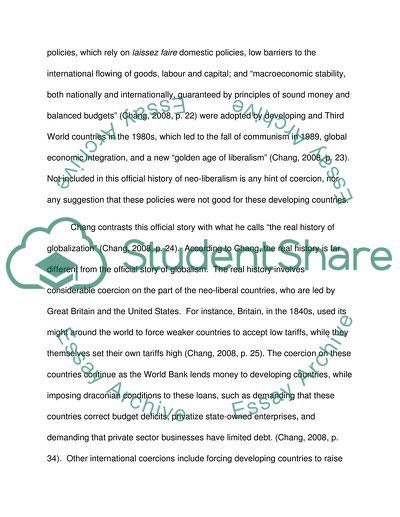Cite this document
(Analysis of Bad Samaritans Book by Economist Ha-Joon Chang Literature review, n.d.)
Analysis of Bad Samaritans Book by Economist Ha-Joon Chang Literature review. Retrieved from https://studentshare.org/macro-microeconomics/1574482-book-review
Analysis of Bad Samaritans Book by Economist Ha-Joon Chang Literature review. Retrieved from https://studentshare.org/macro-microeconomics/1574482-book-review
(Analysis of Bad Samaritans Book by Economist Ha-Joon Chang Literature Review)
Analysis of Bad Samaritans Book by Economist Ha-Joon Chang Literature Review. https://studentshare.org/macro-microeconomics/1574482-book-review.
Analysis of Bad Samaritans Book by Economist Ha-Joon Chang Literature Review. https://studentshare.org/macro-microeconomics/1574482-book-review.
“Analysis of Bad Samaritans Book by Economist Ha-Joon Chang Literature Review”. https://studentshare.org/macro-microeconomics/1574482-book-review.


